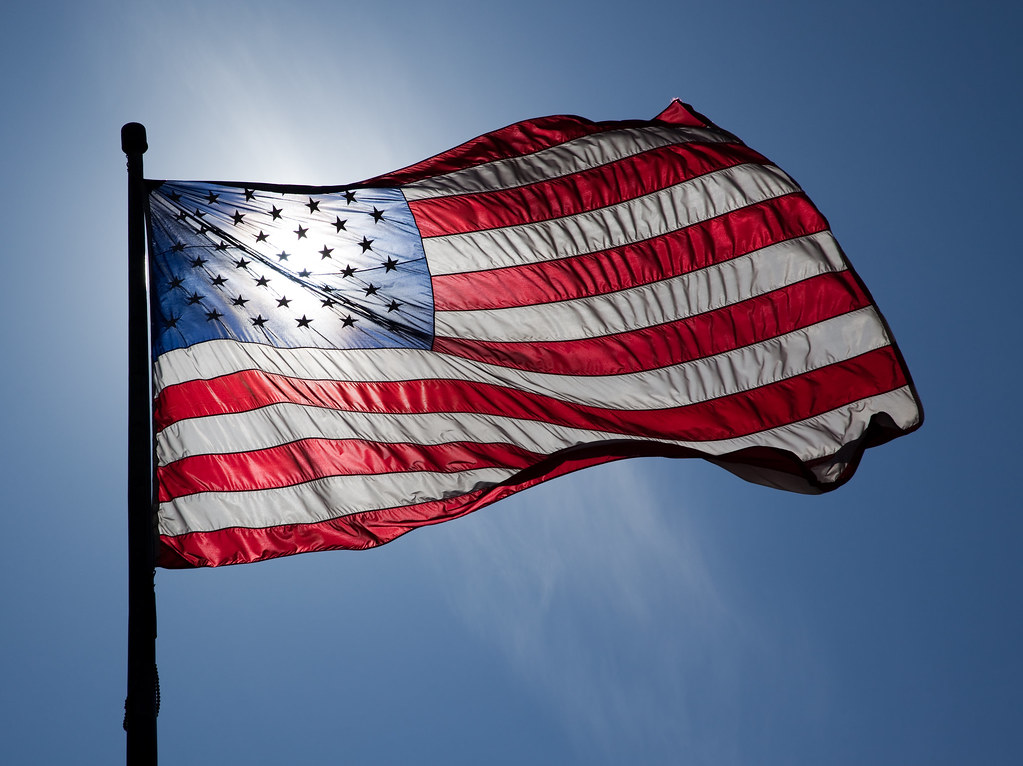U.S. says China and Russia bomber drill shows depth of their alignment
A joint strategic bomber exercise by Russia and China in East Asia on Tuesday shows the depth of the two countries' alignment, a senior U.S. administration official said. Russia's defense ministry earlier confirmed the joint patrol, which it said lasted 13 hours over the Japanese and East China seas and involved Russian Tu-95 and Chinese Xian H-6 strategic bombers.

A joint strategic bomber exercise by Russia and China in East Asia on Tuesday shows the depth of the two countries' alignment, a senior U.S. administration official said.
Russia's defense ministry earlier confirmed the joint patrol, which it said lasted 13 hours over the Japanese and East China seas and involved Russian Tu-95 and Chinese Xian H-6 strategic bombers. Planes from the Japanese and South Korean air force shadowed the Russian and Chinese jets for part of the exercise, Russia said.
The move marks the first joint military exercise by China and Russia since Moscow invaded Ukraine on Feb. 24, according to a U.S. official, and it comes at the tail end of U.S. President Joe Biden's trip to the region. "We think it shows that China continues to be willing to closely align themselves with Russia, including through military cooperation," the official said, adding that such actions must be planned well in advance.
"China is not walking away from Russia. Instead, the exercise shows that China is ready to help Russia defend its east while Russia fights in its west," the person said. The senior administration official added the bomber drill indicated that Russia would stand with China on its territorial disputes with neighbors in the East and the South China Sea.
It was unclear whether the drills were planned to coincide with Biden's first trip as president to Asia, where he has visited allies South Korea and Japan, and on Tuesday joined the leaders of democratic Japan, India, and Australia – collectively known as the Quad – for their second in-person summit. Biden has stressed during the trip, intended in part to counter China's growing influence in the region, that the United States will stand with its allies and partners to push for a free and open Indo-Pacific region.
Beijing and Moscow declared a "no-limits" partnership just weeks before Russian President Vladimir Putin invaded Ukraine, and China has refused to condemn the move. The two countries have conducted such drills in the past, including what Russia said was their first joint long-range air patrol in the region in 2019. In August, they held large-scale military drills in China involving more than 10,000 troops.
U.S. officials say they still have no indication that Beijing has provided material support for Russia's war in Ukraine, a move they have warned could trigger sanctions on China akin to some of the sweeping measures Washington and its allies have taken against Moscow.
(This story has not been edited by Devdiscourse staff and is auto-generated from a syndicated feed.)
ALSO READ
New Zealand aims to boost U.S. ties amid global instability
US Defense Secretary affirms commitment to bolster US-India partnership in Indo-Pacific to support allies' efforts.
Border blurs at Zero Point in Jhakuatari on Eid, as locals from India, Bangladesh gather for Namaz
South Korea, Japan, US hold naval drills amid N.Korea threats
Badminton Asia Championships: PV Sindhu, HS Prannoy ousted, India's campaign ends










